From coast to coast and beyond, UO Department of Art faculty members have a number of major openings in March. All exhibiting brand new work, these shows display the rigor that UO faculty members bring to the art world. Testing new media, redefining old media, and developing new techniques, the works present a wide range of expertise and thinking.
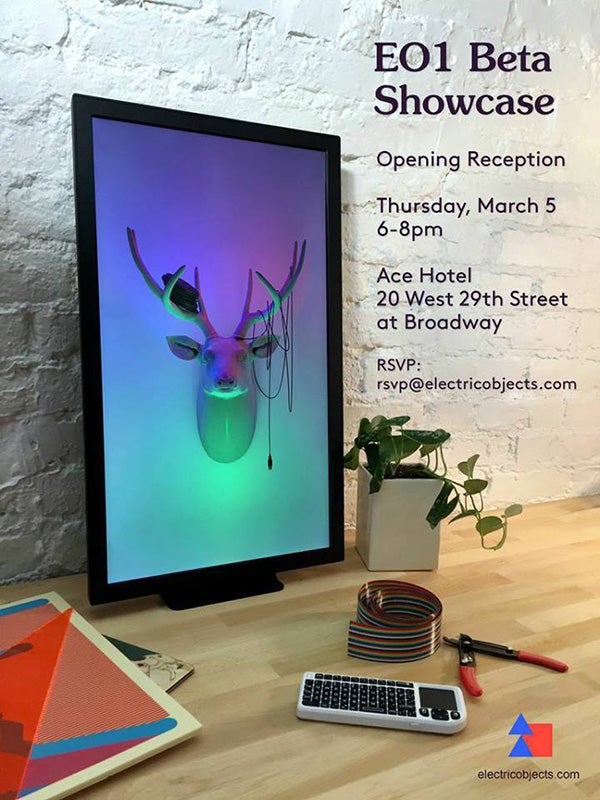
Above: Assistant Professor Rick Silva’s series of 3D-rendered taxidermy—hunting trophies that hang above the proverbial mantelpiece—references home decor that celebrates human’s conquest of nature. Silva’s series riffs on this theme, speculating on possible trophies that one might see on the walls of a 21st century home, such as vinyl records and USB cords.
At the invitation of Electric Objects, work by Assistant Professor of digital arts Rick Silva was part in an experimental group show in New York City at the Ace Hotel. The exhibition featured works created specifically for Electric Objects’ EO1 Beta, a new high definition screen designed to bring art from the Internet into the home.
Silva’s series of 3D-rendered taxidermy—hunting trophies that hang above the proverbial mantelpiece—references home decor that celebrates human’s conquest of nature. Silva’s series riffs on this theme, speculating on possible trophies that one might see on the walls of a 21st century home, such as vinyl records and USB cords. The show, together with the EO1 display itself, marks an important shift in how to curate and display art in the home. To mark the occasion, Electric Objects issued an open call for artists to experiment and live with an EO1 prototype in their studios, and tasked them to consider a dedicated display in the home as the primary context for their work. “EO1 Beta Showcase” was exhibited March 5.
Other art faculty exhibitions in March include:
• Diedrick Brackens, visiting assistant professor, combines weaving and sculpture techniques to challenge expectations and create environments of sensation that show people. Brackens, fiber area coordinator, presents his work in a solo show at Johansson Projects of Oakland, California. In This is Real Life, frenetic textiles combine painting and sculpture, West African weaving and European tapestry, blunder and intention, and domesticity and the wilderness of the imagination. The exhibition is on view through April 23.
• In Europe, Ruth Koelewyn, visiting assistant professor, participates in a cultural exchange project in The Netherlands among jewelers from the United States and China. The work explores how cultural milieu influences an artist’s approach to making. Koelewyn, who teaches jewelry and metalsmithing, will participate in a group exhibition at Gallery Marzee in Nijmegen, The Netherlands. The theme of the exhibition is baggage: how it holds, and what we hold dear. The exhibition opens March 29, and continues through June 3.
• Sylvan Lionni, visiting assistant professor, has developed a technique to paint with powder coating, an industrial technique of applying pigmented plastic powder to metal. By carefully disturbing the powder before it is cured and building up layers of powder coating Lionni produces the innovative works in Sweet’n Low, his exhibition at the Taubert Contemporary in Berlin, Germany, from March 13 through April 25. The exhibition presents a new series of works Lionni made for the exhibition.
• Ethel Poindexter, sculpture studio technician, has a solo show of new work titled Looking and Thinking open at University of Massachusetts Amherst’s Fine Arts Center Hampden Gallery. Her works bring viewers into a shared experience of the labor of looking and thinking alongside the artist in work inspired by long walks she took in New York City .The show is on view in their main gallery through March 31.
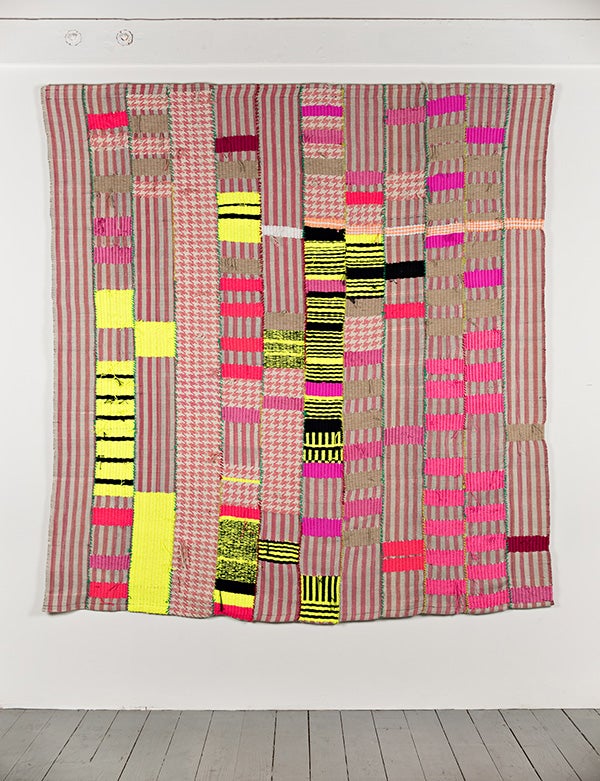
Above: Diedrick Brackens, visiting assistant professor, combines weaving and sculpture techniques to challenge expectations and create environments of sensation that show people.
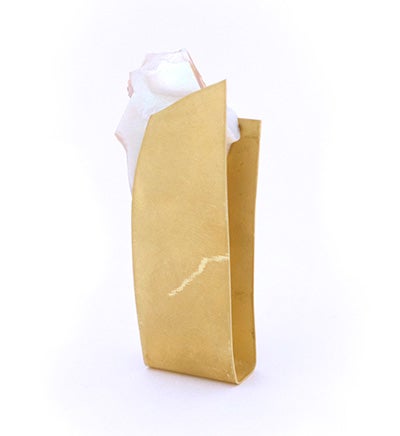
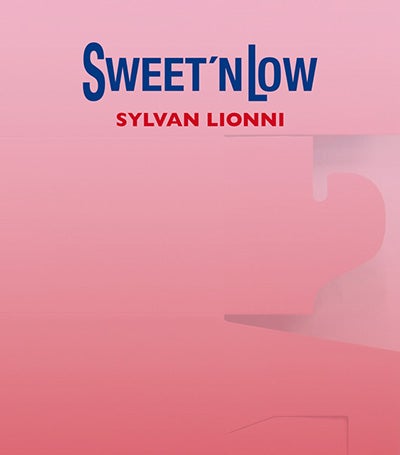
Above left: Ruth Koelewyn’s untitled, 2015, 14 karat yellow gold and nautilus shell, hand rolled gold from billet formed around shell fragments, 1 x 3 x .5 inches. Koelewyn, a visiting assistant professor, explores how cultural milieu influences an artist’s approach to making. Above right: Sylvan Lionni, visiting assistant professor, has developed a technique to paint with powder coating, an industrial technique of applying pigmented plastic powder to metal.
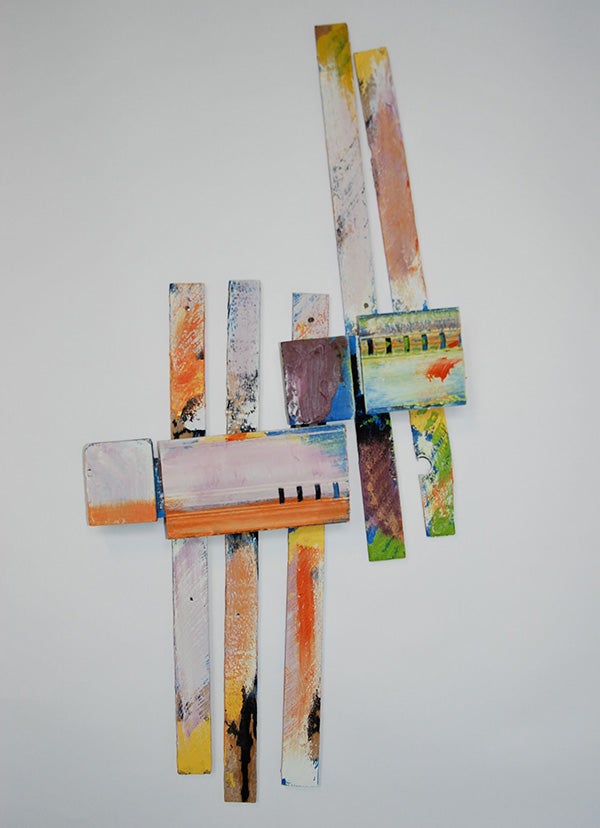
Above: Work by Ethel Poindexter bring viewers into a shared experience of the labor of looking and thinking alongside the artist in work inspired by long walks she took in New York City.
